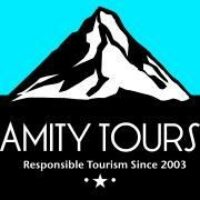Best Watersports In Chile
Kayaking, rafting and watersports in Chile
Rafting, kayaking and caving — if you want to get wet and wild, then Chile has plenty of places to try out watersports.
Here's our essential guide to watersports and sea kayaking in Chile.
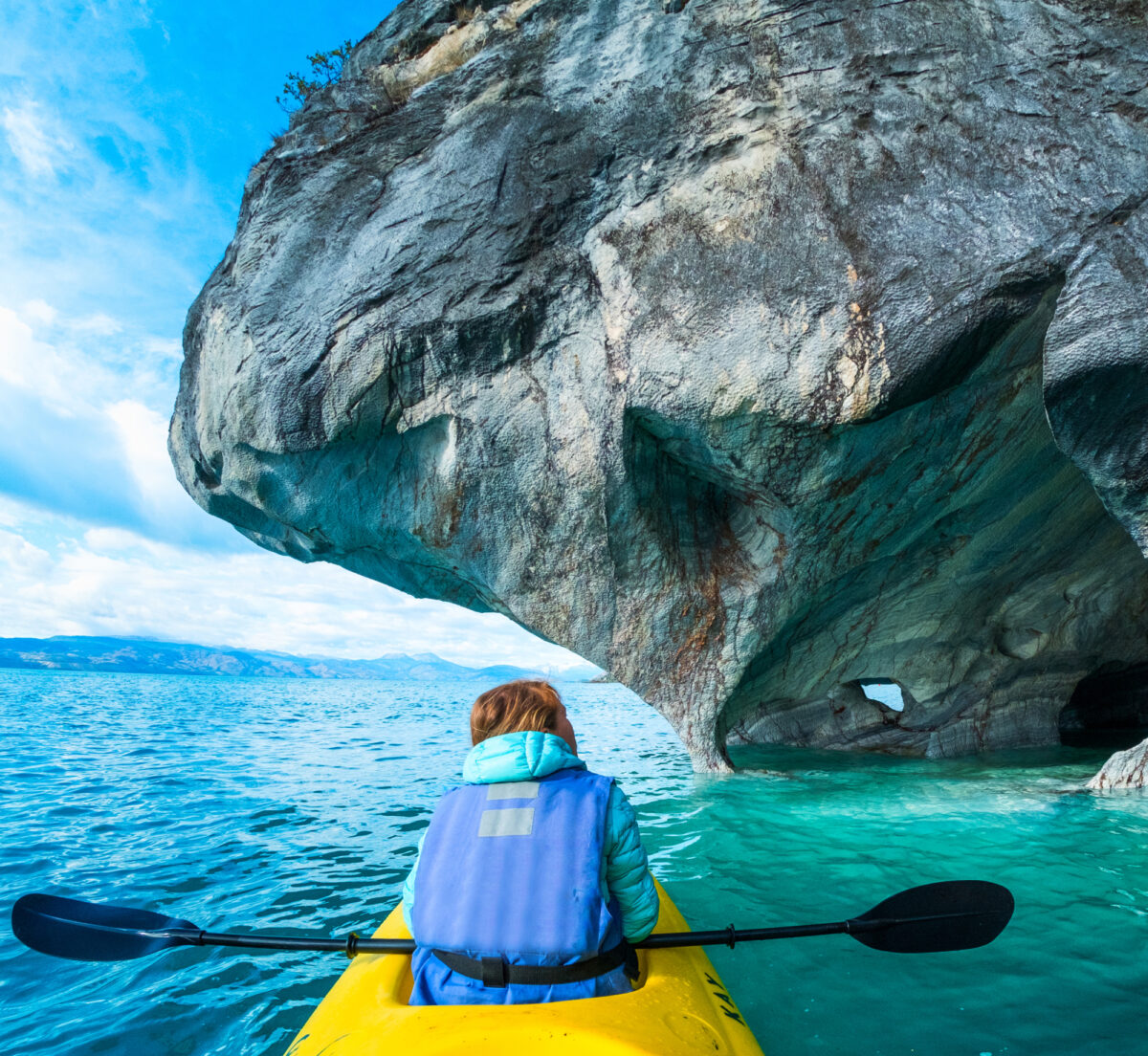
Sea kayaking in Chile
featured trips
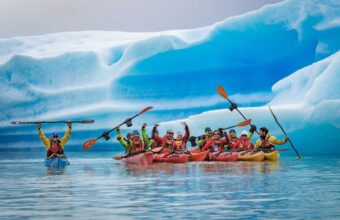
Patagonia Multisport Tour
6-Day Multisport Tour - Patagonia Chile
6 days From $3,410 pp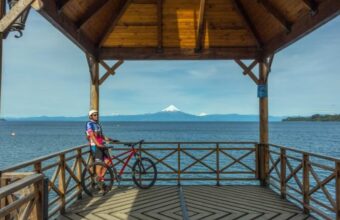
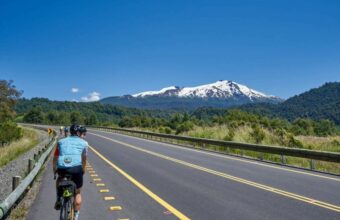
Multisport Tour Route of Parks
Spectacular adventure to Patagonia's national parks
14 days From $7,870 ppBest watersports in Chile
Rafting & kayaking in Cajón del Maipo
Cajón del Maipo is a beautiful gorge in central Chile, just a couple hours southeast of Santiago. Here you can find a number of water-related activities such as white water rafting, kayaking and canyoning. The Maipo River is the main river that flows into the city of Santiago and is an important source of water for producing wine in the valley.
The best time to get on the water is the summer months of December-March when the weather is warmest.
Rafting
Rafting is the most popular watersport available in the Cajón del Maipo. With two departure times a day, there are plenty of rafting agencies to choose from with the main difference being the distance travelled once in the Maipo River.
All routes begin at Cascada de las Ánimas, where you can also hike through valleys, mountain ranges and waterfalls. Within an hour, you’ll pass through III and IV class rapids surrounded by stone canyons, large rocks and mountains on all sides. The Maipo River is perfect for all age ranges and levels of experience.
Kayaking
An alternative to rafting in the Cajón del Maipo is kayaking, which gets you closer to the water. You can choose to use a traditional kayak or an inflatable kayak. An inflatable kayak is very similar to canoes in the sense that they are more open and stable, which is great for people who are new to kayaking or have little experience.
Canyoning
This sport has become an instant hit in Chile. Canyoning involves hiking down a canyon, diving into rockpools and slithering down waterfalls. You’ll use some ropes to help guide you and should be prepared to get very wet. You can find canyoning tours between El Peachotón, El Toyo and El Canelo. No previous experience is required but you’ll definitely need to be up for a full day of heavy physical activity and be comfortable in the water.
Rafting in the Maule region
The Maule region produces 50% of Chile’s wine and a number of the country’s largest vineyards are located here. There are several rivers in Maule that offer a variety of rafting, with class III and IV rapids that are perfect for first-timers, children and experienced rafters alike. There are two main options for rafting.
Rio Teno
Near the Los Queñes sector of the Teno river is a perfect entrance to start a 12km run through class III rapids with wacky names like Brushy, La Leona, Milkshake and Condor. Along the trail, you’ll see beautiful waterfalls and some of Chile’s best birdlife.
Rio Claro
Close to the Rio Teno is the smaller Rio Claro, offering more technical rafting for those with more experience. Sat in a mossy green canyon, in contrast to the drier, orange hues that are more common in the region, this river offers more of a challenge with class III rapids.
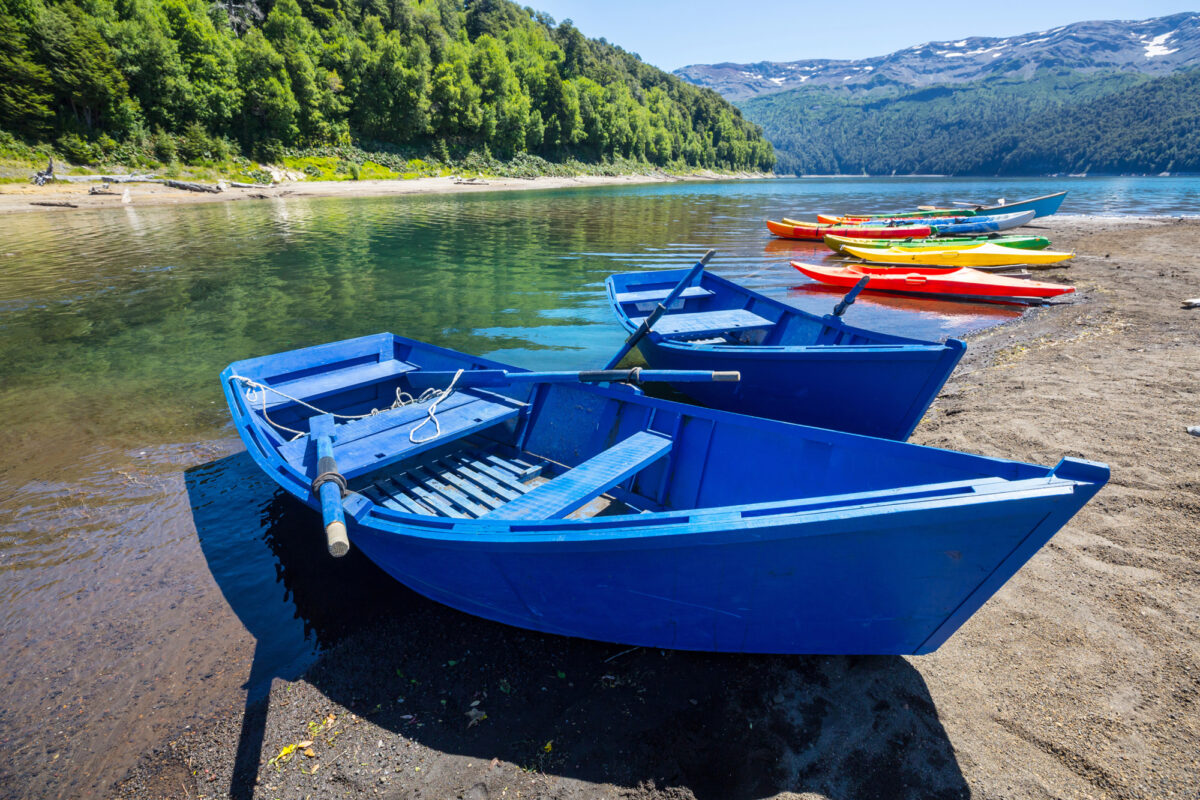
Rafting on Rio Petrohué
Between cliffs and the Calbuco and Osorno volcanoes lies Rio Petrohué, a centre for adventure activities such as rafting, kayaking and fishing. Located just 57km from Puerto Varas (where many of the activities start from) in the Lake District region, the best time to visit is during the summer months between December and March.
Rafting
The Rio Petrohué is a great place for beginners to get an introduction to rafting. Guides will take you through the different paddling techniques and safety instructions before you head into the water. Most tours will explore 14km of rapids, navigating swells, drops and rocks. During the trip, you’ll have rest stops and the opportunity to swim in the water in calmer spots.
Kayaking
Kayaking on the Rio Petrohué follows the same route as rafting tours, but your smaller boat means you can explore one of the many fjords located near the mouth of the River and the Reloncavi Sound, where the waters of the river meet the Pacific Ocean. Sea kayaking in this area does not require any extra experience, but you must be able to swim.
Fishing
Fishing at Rio Petrohué is usually done by boat. Here, you’ll be able to find Chinook, king salmon, rainbow trout and brown trout. Due to its proximity to the Pacific Ocean, you’ll be able to spot trout swimming upstream to spawn.
Whitewater rafting on Rio Futaleufú
If you're looking for fast rapids and high adrenaline adventures, the Futaleufú River in northern Patagonia will not disappoint. Rafting and kayaking experts travel from all over the world to train and experience the river’s IV and V class rapids. Futaleufú is considered one of the best rivers in the world for watersports, with extremely long stretches, powerful waves and demanding routes. This river requires plenty of skill and should only be tackled by experienced and advanced riders. However, with proper training and guidance, beginners can get in the water.
Getting here is not easy. Your fastest option is taking a small charter plane from Puerto Montt to Chaitén. From Chaitén, you must connect via bus towards Futaleufú. You can also take a ferry boat to Chaitén and then connect via bus. Its awkward position means that visitors tend to spend several days in the region, where you can also experience mountain hiking, horseback riding and fishing.
Rafting
The river has the perfect combination of the two most important elements for rafting: good flow and a fair slope. If you're a beginner, you’ll want to try the “Bridge to Bridge” section, an 8km route with numerous III and IV rapids that takes 4 ½ hours to complete.
If you're looking for something a bit more challenging, there are two full-day options that are worth considering. The first is the Azul River-Bridge section that runs III, IV, and V class rapids along 14km of the river. More advanced riders can try the 20km Macal section — it’s one of the best rafting routes on earth.
Kayaking
Rio Futaleufú is large and powerful so it can difficult to find trails, launchpads and scouting spots. It’s best to hire a local guide as they know the best put-ins and take-outs along the river. They will take care of logistics and transportation so that you can completely focus on enjoying the river to the fullest.
Fishing
Fly fishing is a favourite activity along the river, where you can catch brown and rainbow trout and the occasional salmon. The Futaleufú area has several rivers that you can fish in. The Futaleufú itself holds the record for the largest brown trout ever caught in Chile, while the Rio Puelo offers a perfect mixture of panoramic views, hikes to waterfalls and virgin forests — as well as excellent fishing.
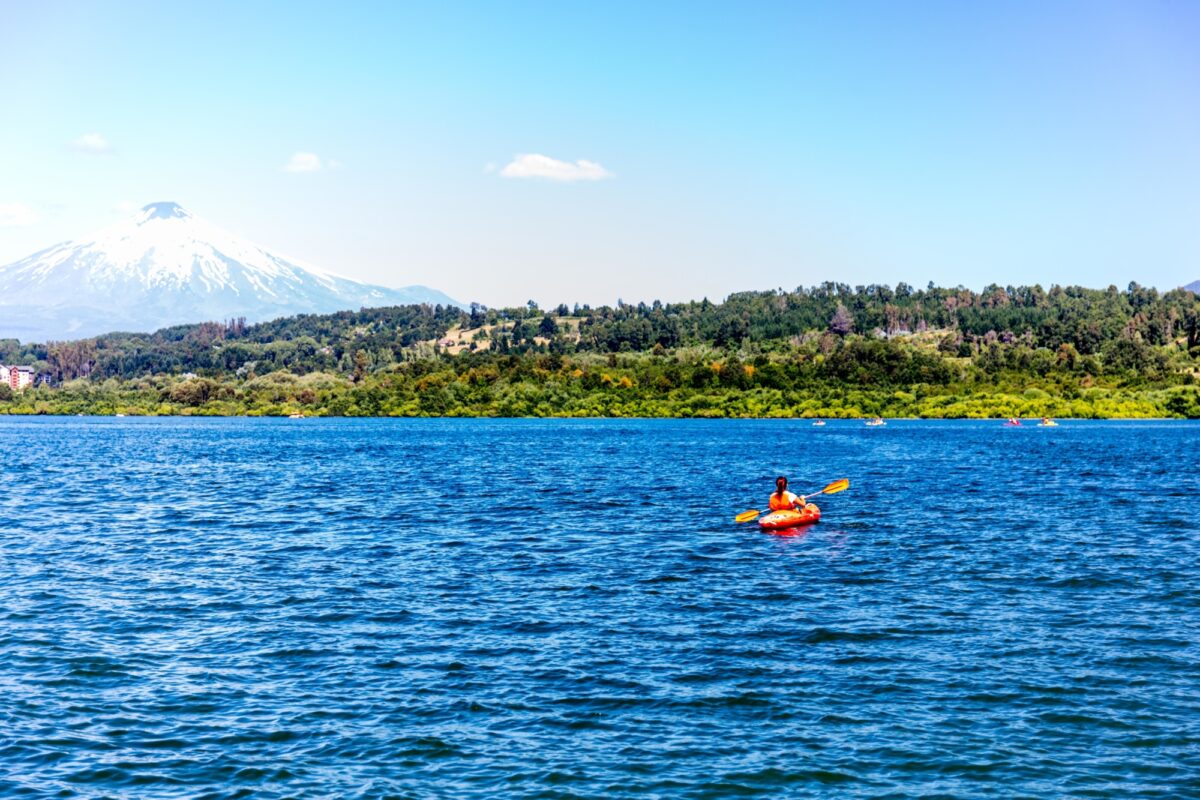
Kayaking in Torres del Paine (Rio Serrano)
Located within the Torres del Paine National Park, the Rio Serrano is 38km long and filled with awe-inspiring ice fields and fjords. The best way to explore this area is by sea kayak, which makes a perfect add-on to hiking the traditional W circuit. You’ll need to be physically fit, as longer trips can involve up to six hours a day kayaking in high winds. However, getting on the water is an exceptional way to experience the beauty of Torres del Paine.
The most common way to explore this area is on a two-day tour with a local expert/guide. If you want additional days, you can ask the guide to modify the tour so that you spend less time kayaking and more exploring the wilderness. On longer trips, accommodation will usually be camping in tents in the Puerto Toro area.
Sea kayaking routes on the Rio Serrano vary, but the start point is usually the Serrano bank, with the end point always in Puerto Natales, after kayaking up the Ultima Esperanza fjord.
Rafting in La Araucania
La Araucania, near Pucon, has built up a big reputation as a destination with world-class watersports. The crystal clear flowing rivers here have rapids for all levels of experience, where you can try rafting and kayaking along the Trancura and Liucura rivers.
Considered the gateway to the south of Chile, Pucon has great outdoor trails and national parks that are also worth visiting.
Rafting
There are two common rafting routes in La Araucania. Most people do the Trancura alto, which is a bit more adventurous as you’ll experience class III and IV rapids. If you think that might be too much for you, then Trancura bajo is a better bet for inexperienced rafters.
Kayaking
Kayaking offers more variety in routes than rafting, with the smaller kayak able to squeeze through different spaces. La Araucania is a great area to learn how to kayak, with plenty of beginner courses offering 1-3 day programmes. In addition to the Liucura and Trancura rivers, the Upper Palguin route has an amazing waterfall that leads you the Lower Palguin — a fun route for first-time kayakers.

